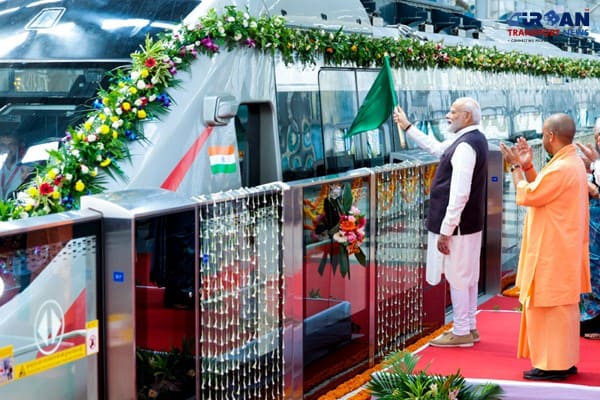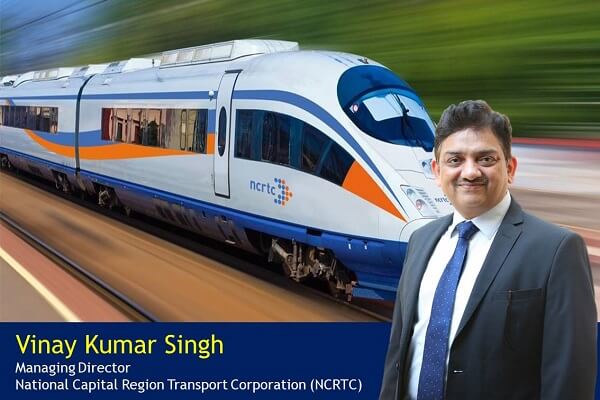SATEBA acquires Rail Business of De Bonte Group in Belgium
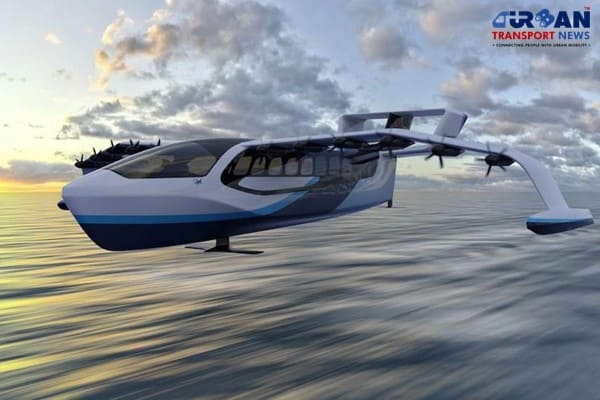 Regent to launch High-Speed Seagliders to transform coastal transportation in UAE
Regent to launch High-Speed Seagliders to transform coastal transportation in UAE California commences construction on $12bn Los Angeles - Vegas High Speed Rail Project
California commences construction on $12bn Los Angeles - Vegas High Speed Rail Project Kochi Water Metro floats tender to procure 15 more electric-hybrid ferries
Kochi Water Metro floats tender to procure 15 more electric-hybrid ferries Siemens Mobility-Hassan Allam Construction JV Sign Contract for UAE – Oman Railway Link
Siemens Mobility-Hassan Allam Construction JV Sign Contract for UAE – Oman Railway Link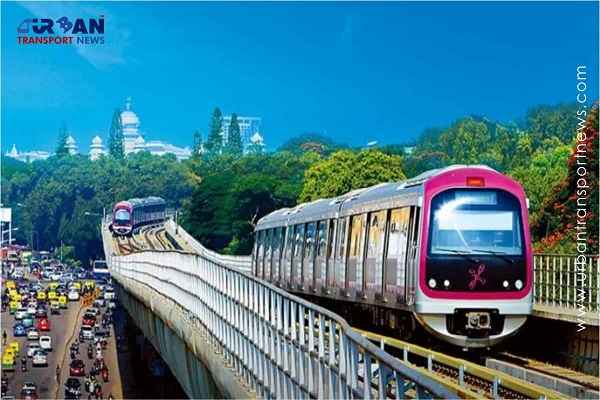 What is better public transport option for Bengaluru - RRTS or Metro Expansion?
What is better public transport option for Bengaluru - RRTS or Metro Expansion?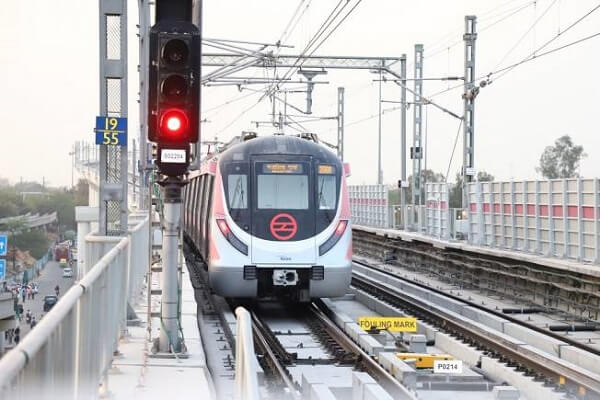 Behind Closed Doors: Corruption Uncovered in Delhi Metro's Top Management
Behind Closed Doors: Corruption Uncovered in Delhi Metro's Top Management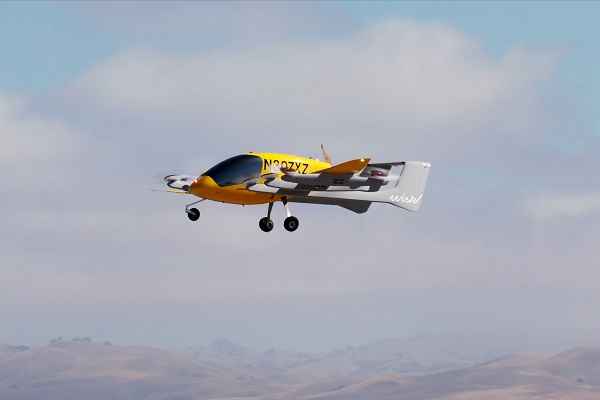 IndiGo to launch Urban Electric Air Taxis between Delhi to Gurugram
IndiGo to launch Urban Electric Air Taxis between Delhi to Gurugram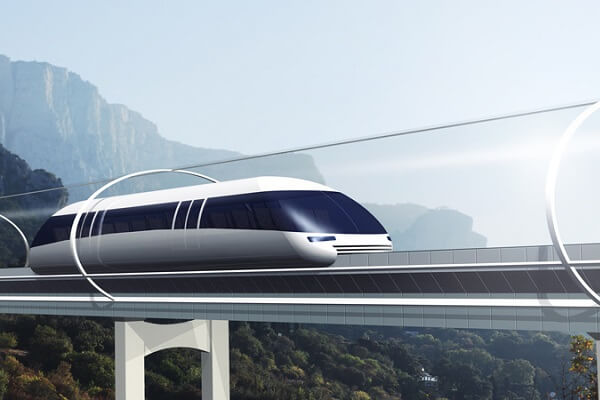 Swisspod secures Strategic Investment to advance the Hyperloop Transportation
Swisspod secures Strategic Investment to advance the Hyperloop Transportation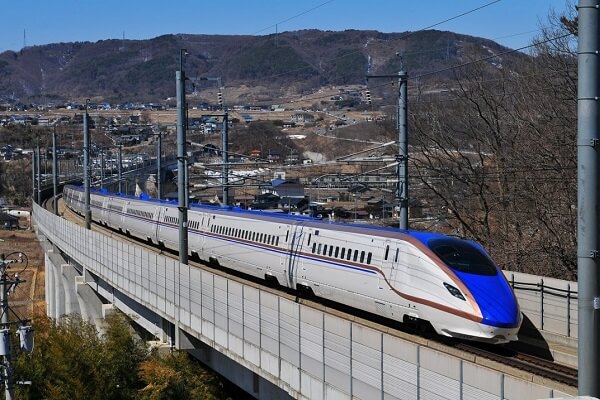 Siemens Mobility revolutionizes Copenhagen's S-bane Network with Driverless Technology
Siemens Mobility revolutionizes Copenhagen's S-bane Network with Driverless Technology
Delhi-Meerut RRTS corridor could be a best example of commuter-centric transport
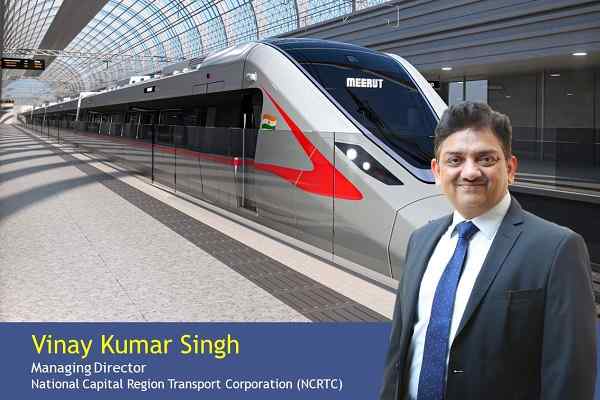
New Delhi, India (Urban Transport News): Vinay Kumar Singh, the Managing Director of the National Capital Region Transport Corporation (NCRTC), recently shared insights into the execution of the Delhi-Meerut Rapid Rail Transit System (RRTS) Project, emphasizing a commuter-centric approach, technological advancements, and the project's significance.
Challenges and Approach
Singh highlighted that NCRTC's primary focus has been on prioritizing commuters' needs and comfort throughout the project. This "commuter-first" approach led to decisions such as strategically locating RRTS stations near existing infrastructure like Indian Railway Stations, ISBTs, and Metro Stations. However, this choice also presented challenges, such as tunnelling near existing Metro foundations.
The complexity of the project, spread across multiple states, necessitated engagement with numerous stakeholders and obtaining multiple approvals and NOCs before commencing construction.
To address land availability issues in densely developed urban environments, NCRTC modified the alignment to minimize the land footprint by utilizing the right-of-way (ROW) of State Highways and government-owned land.
Singh expressed satisfaction in receiving approvals from the Ministry of Railways and the Commissioner for Metro Rail Safety (CMRS) in June 2023, allowing the 17-kilometer Priority Section of the Delhi-Ghaziabad-Meerut RRTS corridor to become the country's first railway system to operate along its entire length, with a maximum operational speed of 160 kmph.
Positioning RRTS Service
Singh differentiated the RRTS service from existing metro, bus, and railway services. RRTS is designed as a high-speed, high-frequency, and high-throughput rail-based system for regional or inter-city commutes with longer travel distances of around 50 km or 100 km. RRTS stations are spaced farther apart (5-7 km) compared to metro systems (1-1.5 km), catering to the unique needs of regional commutes. Unlike traditional railways, RRTS operates without a fixed timetable, offering frequent, on-demand service.
Existing urban transit systems like metro and buses complement RRTS by acting as feeders for commuters' journeys.
Modern Technologies in RAPIDX Services
The RRTS project introduced various modern technologies. RRTS trainsets with a design speed of 180 kmph are manufactured in India, aligning with the Make in India initiative. Interoperability among three priority RRTS corridors was achieved through the adoption of hybrid Level 3 technology of the European Train Control System (ETCS), offering advanced signaling and train control.
NCRTC also selected precast ballastless slab track technology, a new high-performance, low-maintenance track technology in India. Platform Screen Doors (PSDs) were designed and developed indigenously, reducing the need for imports.
Sharing Knowledge and Expertise
Singh expressed NCRTC's willingness to share knowledge and expertise gained during the RRTS project with other organizations involved in similar large-scale infrastructure projects. NCRTC has documented strategies, processes, and protocols, making them accessible for replication in future projects. Collaboration with organizations like Bangalore Metro and Haryana Rail Infrastructure Development Corporation (HRIDC) is already underway to support the implementation of project monitoring technology tool SPEED. The Asian Development Bank (ADB) and World Bank are also exploring ways to leverage NCRTC's innovation and expertise for their projects.
The RRTS project represents a significant milestone in India's transportation infrastructure, marked by a strong commitment to commuters' needs and the integration of advanced technologies.





